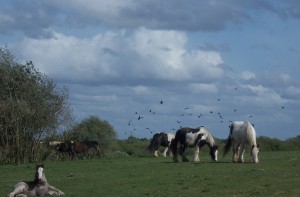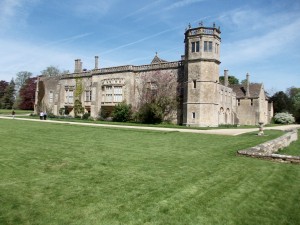
Lacock Abbey: it sounds innocuous enough. Suffice it to say that it is one of the very few mediaeval abbeys whose buildings survived the Dissolution of the Monasteries by Henry VIII. Many of our great abbeys were closed, stripped of all their portable assets, and allowed to fall down – Fountains, Rievaulx, Tintern among them. Lacock was slightly luckier: its Augustinian Canonesses – nuns to you and me – were sent away, the buildings sold by the king (not his to sell, really, but nobody felt like telling him so) to William Sharington, who knocked down the church (it would have been on the green lawn in front of the house), used it to build himself a brewery and other practical outbuildings, and converted the abbey itself into a comfortable house. One of his descendents, Olive, inherited the property and married a Talbot. Fox Talbot, centuries later, was lucky enough to have the time and space to play about, and one thing he played about with was photography.
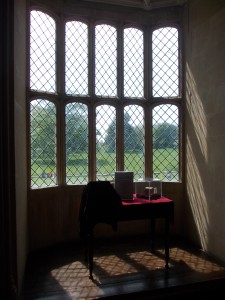
His first, famous, photograph was a postage-stamp-sized negative and positive of this window, looking out the front of the erstwhile Abbey. Many of his (not much) later photographs were of natural subjects, not least of the patterns of veins in leaves. In other words, as soon as people had the technology to photograph nature in detail, they did so, from the first man. Fox Talbot thus qualifies as ‘obsessed by nature’ (.com).
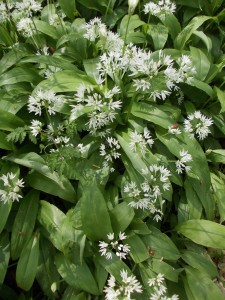
In the beautiful grounds, under graceful beech trees is a springtime carpet of Ramsons, sometimes called ‘wild garlic’. It’s not exactly garlic but it is an Allium, and while the bulbs are much too far down to be worth trying to dig up (and it’s illegal anyway unless they’re on your land), the leaves are delicious. You just cook them like Spinach and add a little oil or butter; they are soft with just a hint of onion-family taste about them.
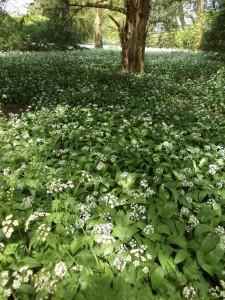
Outside the Abbey’s grounds is the hurly-burly of a touristy village. The first Swifts of the year wheeled around the church tower; Jackdaws nested in the belfry. Down by the ford with its little pack bridge, a Treecreeper zipped across the road and climbed up a small tree in the hedge.

